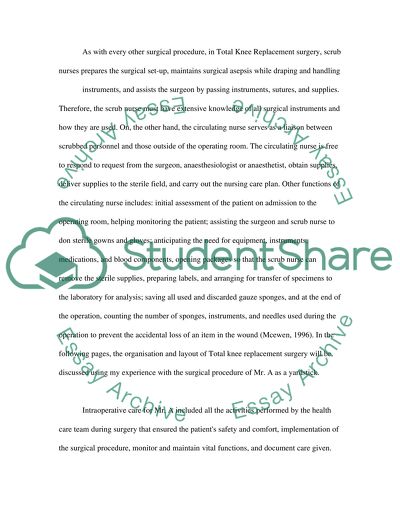Cite this document
(Patient Empowerment After Total Knee Replacement Essay, n.d.)
Patient Empowerment After Total Knee Replacement Essay. Retrieved from https://studentshare.org/health-sciences-medicine/1513997-care-of-patient-undergoing-total-knee-replacement-surgery
Patient Empowerment After Total Knee Replacement Essay. Retrieved from https://studentshare.org/health-sciences-medicine/1513997-care-of-patient-undergoing-total-knee-replacement-surgery
(Patient Empowerment After Total Knee Replacement Essay)
Patient Empowerment After Total Knee Replacement Essay. https://studentshare.org/health-sciences-medicine/1513997-care-of-patient-undergoing-total-knee-replacement-surgery.
Patient Empowerment After Total Knee Replacement Essay. https://studentshare.org/health-sciences-medicine/1513997-care-of-patient-undergoing-total-knee-replacement-surgery.
“Patient Empowerment After Total Knee Replacement Essay”, n.d. https://studentshare.org/health-sciences-medicine/1513997-care-of-patient-undergoing-total-knee-replacement-surgery.


